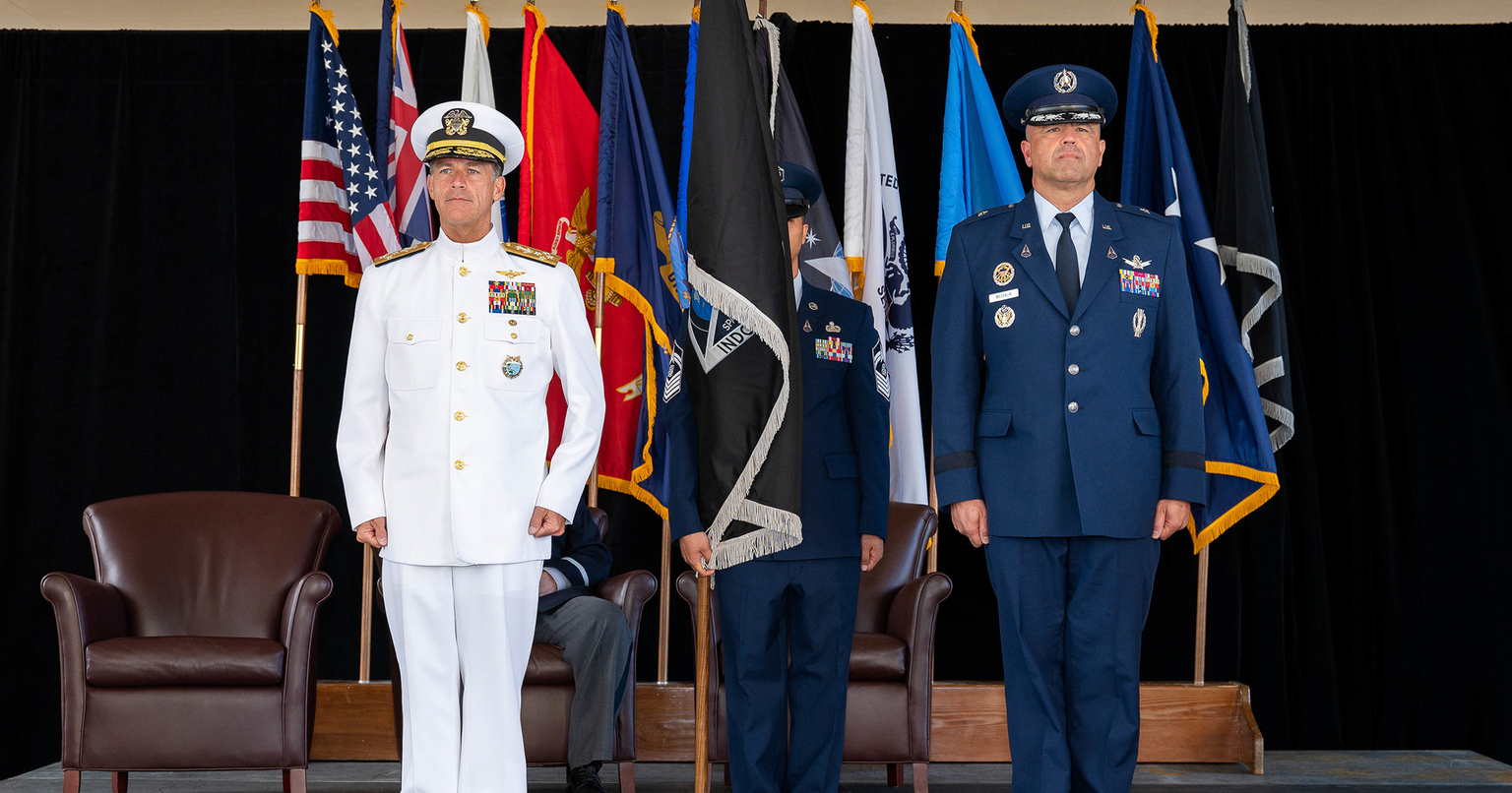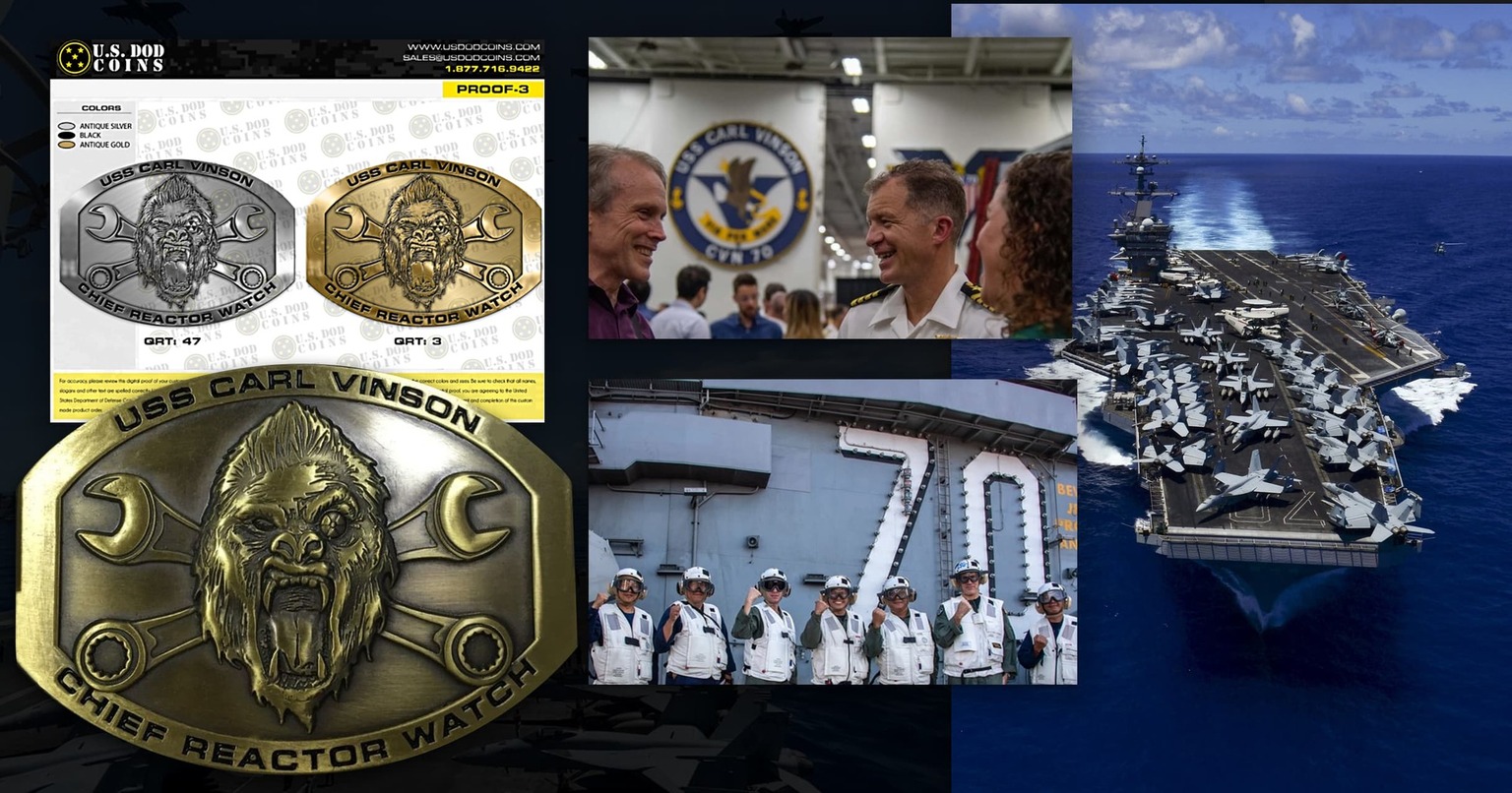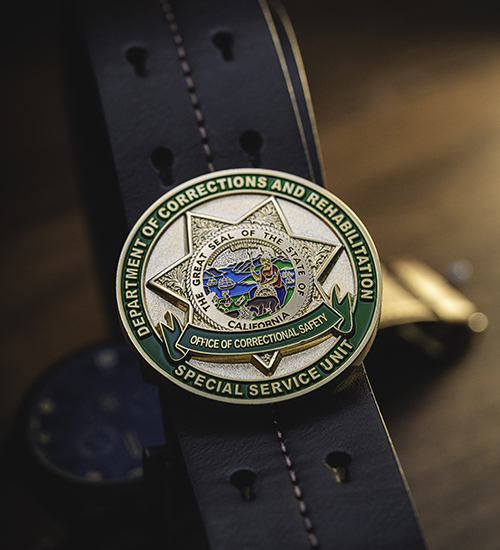The Birth of U.S. Pacific Command (USPACOM) in 1947

After World War II, as the Pacific region grappled with geopolitical shifts, a monumental decision was made that would shape the course of military history. The establishment of the U.S. Pacific Command (USPACOM) was a strategic military move that unfolded on January 1, 1947. This pivotal moment in time not only marked the birth of the oldest and largest of the United States’ unified commands but also set the stage for a legacy that endures to this day.

Transitioning from the Far East Command, which was disbanded in 1957, and absorbing responsibilities from the Alaskan Command, USPACOM emerged as a powerhouse, with headquarters in Hawaii. Over the years, its influence expanded significantly, encompassing regions as far-reaching as the Indian Ocean, Southern Asia, and the Arctic. As it became the vanguard in safeguarding over 50 percent of the Earth’s surface, USPACOM solidified its position as a force to be reckoned with.
Notable milestones have peppered the USPACOM’s journey. Unravel the fascinating narrative of USPACOM’s inception, exploring its historical context, the visionaries behind its creation, and its enduring impact on the U.S. military landscape.
The Post-World War II Pacific Theater
In the aftermath of World War II, the Pacific region stood at a crossroads, grappling with the echoes of conflict and the promise of a new age. As nations sought to redefine their roles and relationships in the area, the Pacific became a geopolitical chessboard, witnessing both challenges and opportunities.

The establishment of the U.S. Pacific Command (USPACOM) in 1947 was not a mere response to the difficulties of the time; it was a strategic imperative born out of the complexities that defined the post-war Pacific landscape. The Far East Command, which was initially established in 1947, paved the way for what would become a cornerstone in the United States’ military architecture.
The creation of USPACOM
The birth of the U.S. Pacific Command (USPACOM) in 1947 was not a solitary event but a result of a strategic tapestry woven across key moments.
In 1956, the Far East Command (FEC) faced a pivotal juncture. Four members of the Joint Chiefs of Staff recommended its abolition, citing the diminishing U.S. military strength in Japan and Korea. They argued for the transfer of FEC’s functions to the Commander-in-Chief, Pacific (CINCPAC), aiming to streamline the divided command in the Western Pacific-Far East region. The lone dissenter, the Chief of Staff of the Army (CSA), proposed an expansion of FEC’s role under CINCFE, encompassing Southeast Asia, Taiwan, Indonesia, and the Philippines. This dissenting view highlighted concerns about efficiency and cost associated with splitting CINCFE’s multiple functions.

The Secretary of Defense, approving the proposal on June 21, 1956, decided on the disestablishment of CINCFE, effective July 1, 1957. This move was aligned with the evolving geopolitical landscape and the need for a more consolidated command structure. The revised Unified Command Plan aimed to enhance efficiency and address emerging threats, reflecting a strategic shift in response to the changing dynamics of the region.
As a result, on December 28, 1956, the Joint Chiefs of Staff issued an outline plan for the disestablishment of FEC, emphasizing the relocation of the United Nations Command (UNC) to Korea and the establishment of a subordinate Unified Command in Japan under the Pacific Command. This move marked a significant transition in the military command structure in the Pacific, paving the way for the establishment of the United States Pacific Command (USPACOM).

In the orchestration of this military evolution, many figures played pivotal roles. Commander in Chief, Pacific Command (CINCPAC) helped lead this transformative charge, steering the command through relocations and redesignations. The leadership’s strategic foresight is exemplified in the assignment of added responsibilities in 1972, expanding USPACOM’s influence across the Indian Ocean, Southern Asia, and the Arctic. The Goldwater-Nichols Reorganization Act of 1986 further solidified the authority of commanders, emphasizing adaptability.
USPACOM wasn’t just administrative restructuring for efficiency; it became a linchpin in the dynamic military landscape of the pacific. The Cold War era and subsequent geopolitical shifts demanded flexibility, prompting alterations in responsibilities and the creation of new commands.

The Role of USPACOM
When US Pacific Command (USPACOM) emerged on January 1, 1947, its initial objectives were pivotal in shaping its trajectory. Beyond geographic consolidation, USPACOM assumed the Far East Command’s responsibilities, fortifying its stance in the Pacific region. The comprehensive approach encompassed not only territorial defense but also strategic preparedness in the aftermath of World War II.
USPACOM’s Indispensable Role Today
In today’s U.S. military operations, the U.S. Pacific Command (USPACOM) stands not just as a historical artifact but as a dynamic force. Its enduring importance transcends its foundational role. As the largest and oldest of the U.S. unified commands, USPACOM remains a linchpin in safeguarding American interests in the Indo-Pacific region. In an era of shifting geopolitical dynamics, its strategic significance is more pronounced than ever.

USPACOM’s evolution over time is a testament to its adaptability. As geopolitical tides shifted, so did the command’s role. In 1972, an expanded purview covering the Indian Ocean, Southern Asia, and the Arctic underscored its responsiveness to global dynamics. The command continually adjusted its scope, expanding to cover more than 50% of the earth’s surface by 1976. In 1983, its responsibilities stretched to include regions like the People’s Republic of China (PRC) and the Democratic People’s Republic of Korea (DPRK) . Such evolutionary steps positioned USPACOM as a vital player in broader geopolitical strategies.

From the critical role it played in the Gulf of Oman and Gulf of Aden to its continuous adaptation post-9/11, USPACOM has been a stalwart contributor to the safety of America’s allies and assets worldwide. Its efforts aren’t just historical footnotes; they are chapters in an ongoing narrative of global stability.
Shaping Tomorrow through USPACOM’s Yesterday
As we stand at the intersection of past and present, I invite you, dear readers, to reflect on the evolving landscapes, the strategic decisions, and the indomitable spirit that forged USPACOM.
In the vast theater of geopolitical history, USPACOM emerges not just as a command but as a beacon. Its legacy is etched in the security of nations and the stability of regions.
For a deeper dive into the rich tapestry of U.S. military history, explore additional blogs on USDODCoins.com
Share your insights, questions, and perspectives on social media using the hashtag #USPACOM and #USDODCOINS. Let’s connect across digital landscapes.
Honor the spirit of camaraderie by crafting custom challenge coin awards or unique belt buckles. Celebrate the unity of your unit, squadron, or shipmates with awards that embody the pride and legacy of your shared journey.


